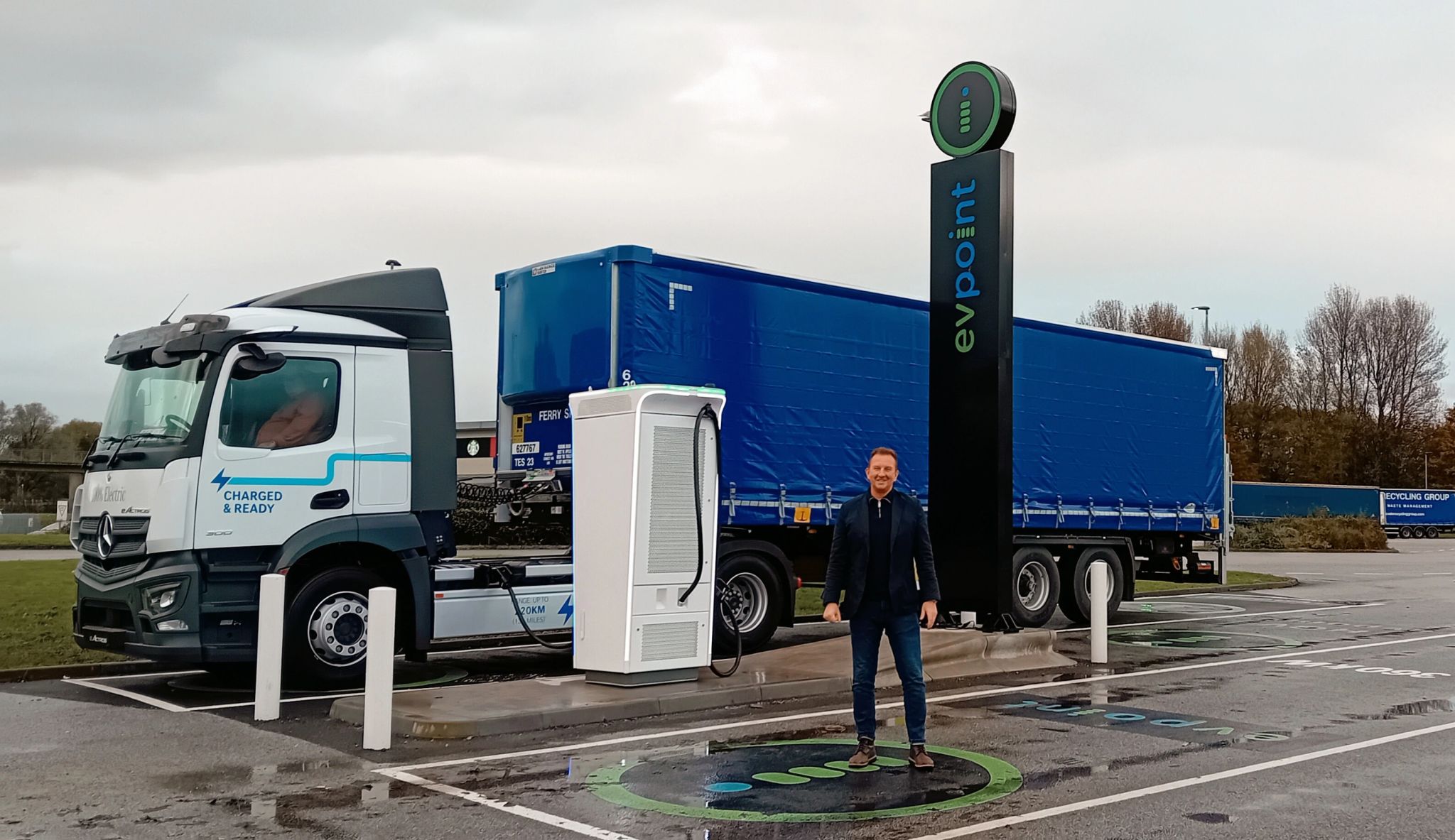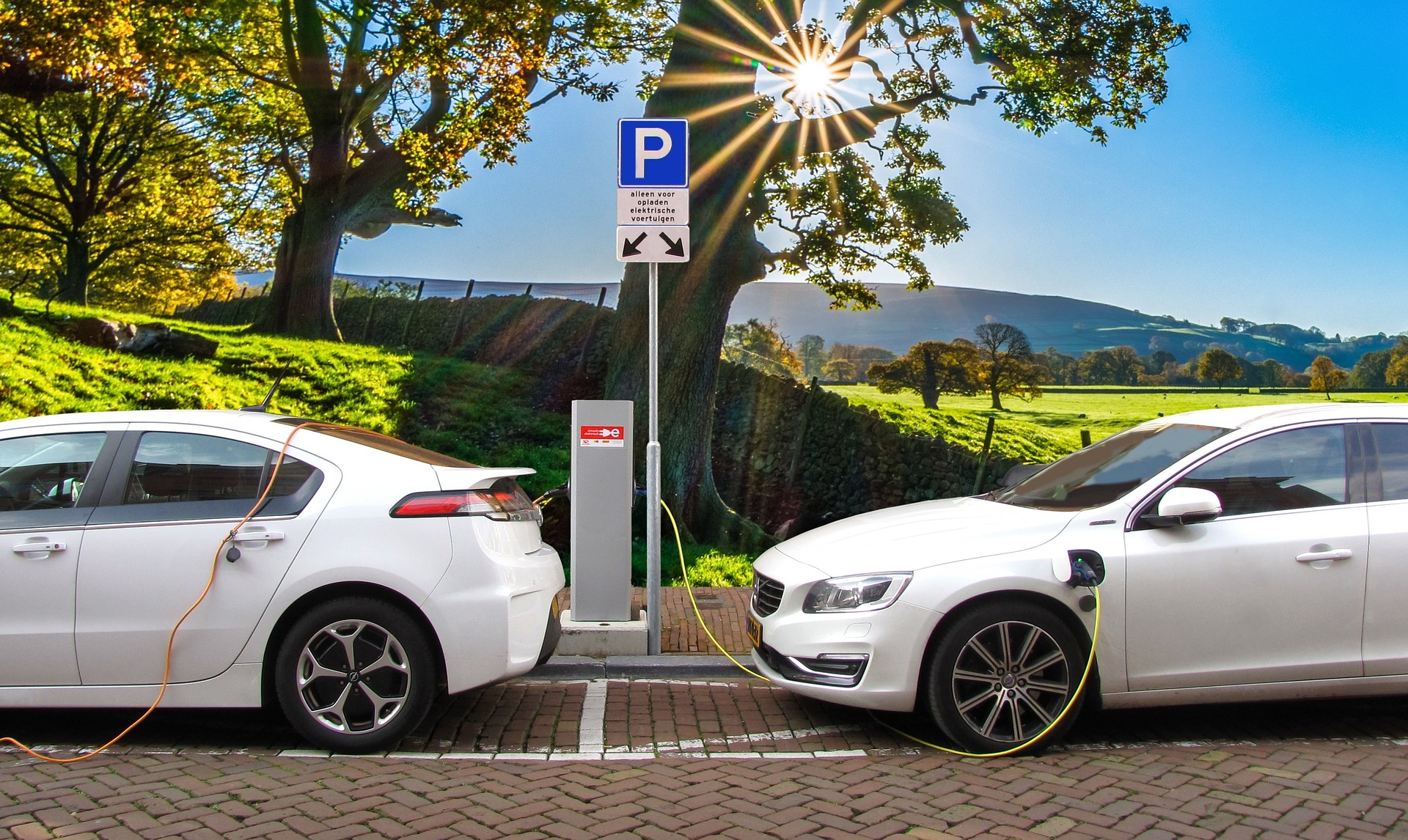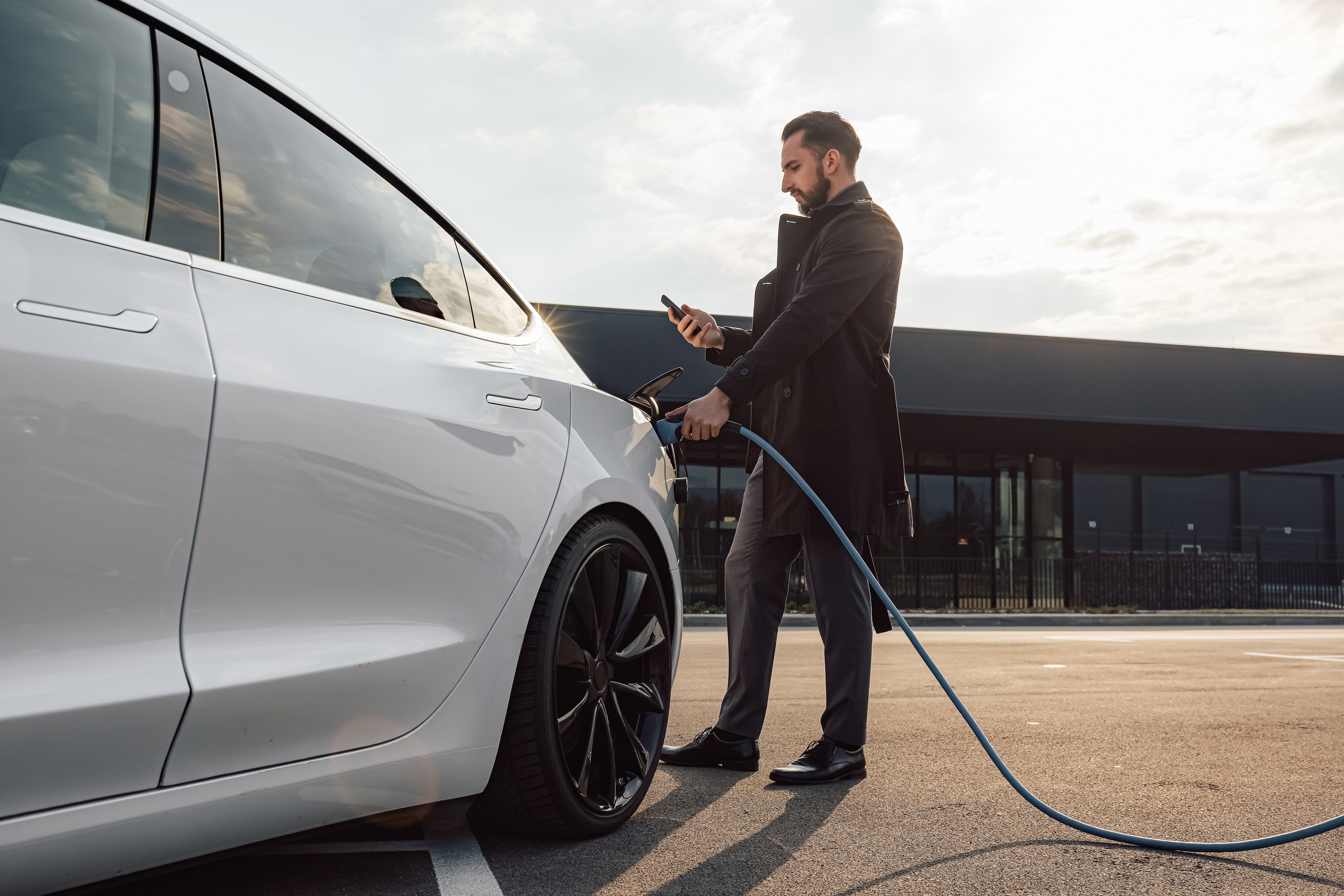In this article, Fuuse CRO: Simon Tate, shares his knowledge from his 20 year fleet career and takes a look at the benefits as well as the challenges of migrating heavy goods fleets over to electric.
Introduction
Over the past 12 months, I’ve been working extensively in trying to build my knowledge around the electrification of heavy goods vehicles. Whilst my 20 year experience in fleet has been centred around passenger cars and light commercial vehicles, the world of HGV’s is a totally different ball game! In this blog I want to share my learnings, opinions and address the potential benefits of migrating heavy goods fleets over to electric.
In recent years, the global focus on sustainable and environmentally friendly solutions has intensified, particularly within the realm of transportation. The electrification of vehicles has emerged as a promising avenue to address the pressing issues of carbon emissions and air pollution. Having taken some time learn, I want to share the significance of charging electric Heavy Goods Vehicles (HGVs) as the next big step toward achieving a more sustainable and eco-friendly freight transportation system.
Background
Heavy Goods Vehicles, commonly known as trucks or lorries, play a critical role in the global supply chain, facilitating the movement of goods across vast distances. However, their reliance on traditional internal combustion engines fuelled by diesel contributes significantly to carbon emissions and air pollution. The shift towards electric HGVs represents a revolutionary advancement in the transportation sector, aligning with the global commitment to combat climate change.
Benefits of Electric HGVs
Reduced Carbon Emissions: The primary advantage of electric HGVs lies in their ability to operate with significantly lower carbon emissions compared to their diesel counterparts. By leveraging electricity as a power source, these vehicles contribute to a substantial reduction in greenhouse gas emissions, thereby mitigating the adverse effects of climate change.
Improved Air Quality: Diesel-powered HGVs emit pollutants such as nitrogen oxides and particulate matter, which have detrimental effects on air quality and public health. Electric HGVs, being emission-free at the point of use, contribute to improved air quality in urban areas, reducing respiratory problems and other health issues associated with air pollution.
Noise Reduction: Electric HGVs operate more quietly than traditional diesel trucks. This reduction in noise pollution is particularly significant in urban environments, where the constant hum of diesel engines can negatively impact the quality of life for residents.
Challenges and Solutions
While the transition to electric HGVs presents numerous benefits, it is essential to address the challenges associated with their widespread adoption.
Charging Infrastructure: A critical concern is the development of an extensive and efficient charging infrastructure. The establishment of a robust network of charging stations along major transportation routes is vital to support the long-distance travel requirements of HGVs. Public-private partnerships and government incentives can play a pivotal role in accelerating the deployment of charging infrastructure.
Battery Technology: The efficiency and capacity of batteries are crucial for the successful integration of electric HGVs. Ongoing advancements in battery technology, such as increased energy density and faster charging capabilities, will extend the operational range of electric HGVs and reduce the overall cost of ownership.
Initial Cost: The upfront cost of electric HGVs is currently higher than that of their diesel counterparts. However, as technology advances and economies of scale come into play, the cost of electric HGVs is expected to decrease. Incentives and subsidies can further encourage fleet operators to make the transition to electric vehicles.
Conclusion
The electrification of Heavy Goods Vehicles represents a pivotal step towards achieving a more sustainable and environmentally conscious transportation sector. By reducing carbon emissions, improving air quality, and minimising noise pollution, electric HGVs offer a compelling solution to the environmental challenges posed by traditional diesel-powered trucks. Overcoming challenges related to charging infrastructure, battery technology, and initial costs requires collaborative efforts from governments, businesses, and technology developers. As we embrace the era of electric mobility, the electrification of HGVs stands as a beacon of progress, signalling a cleaner and more sustainable future for freight transportation.
Thank you for taking the time to read this blog
Simon Tate
CRO - Fuuse







